(5) items in your cart
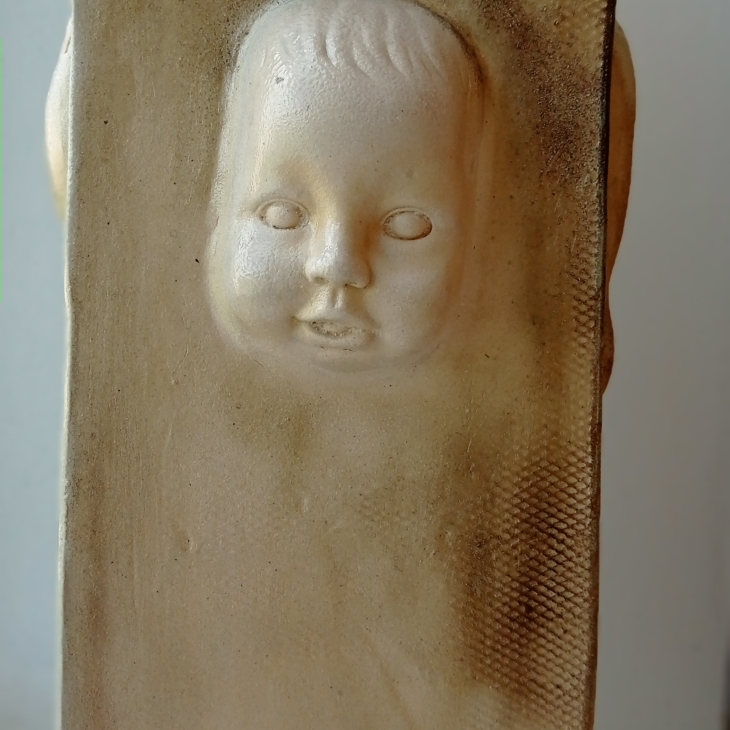
Price: €300
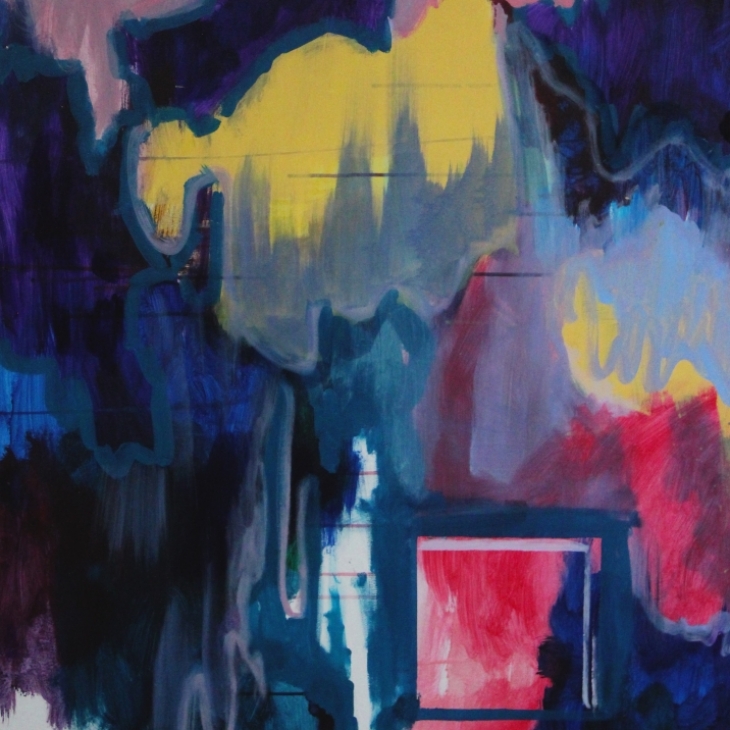
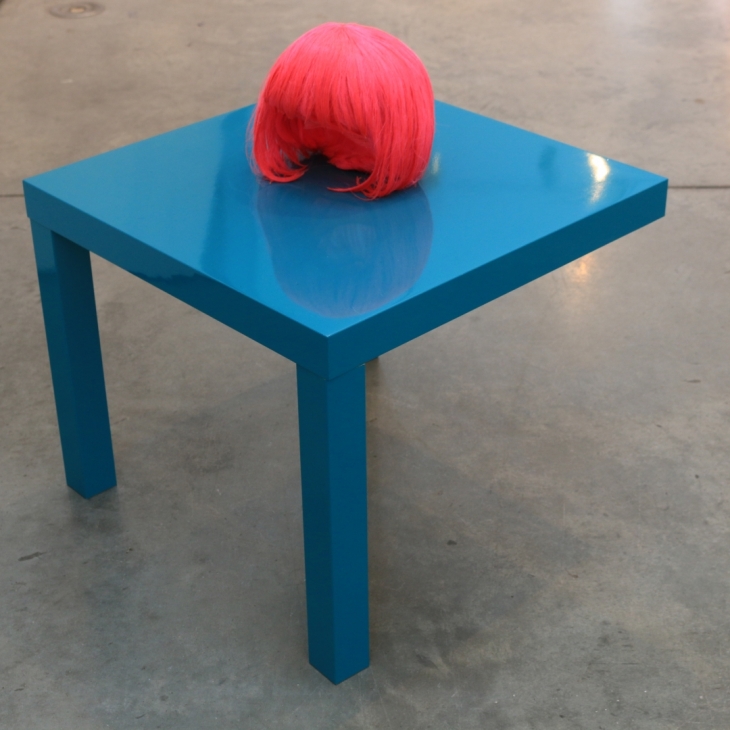
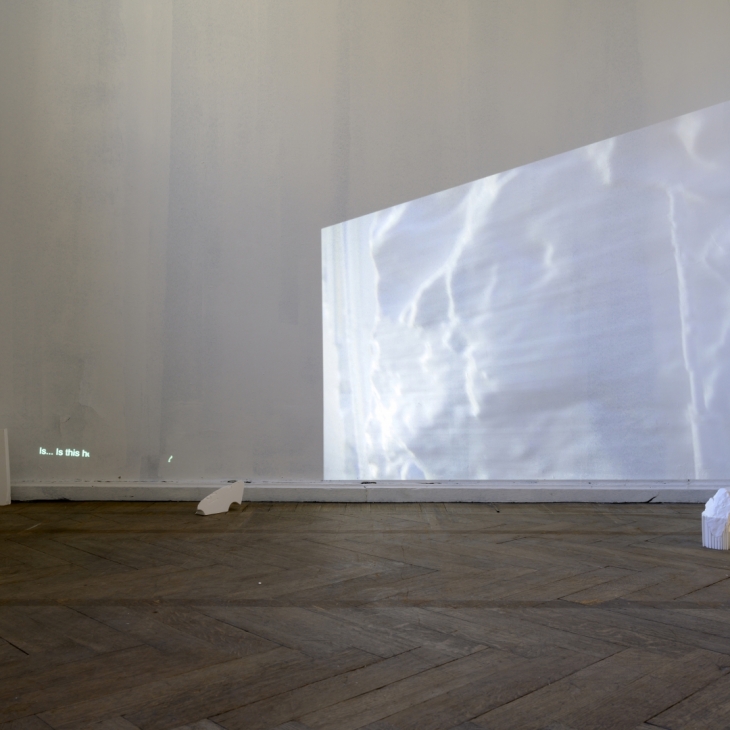
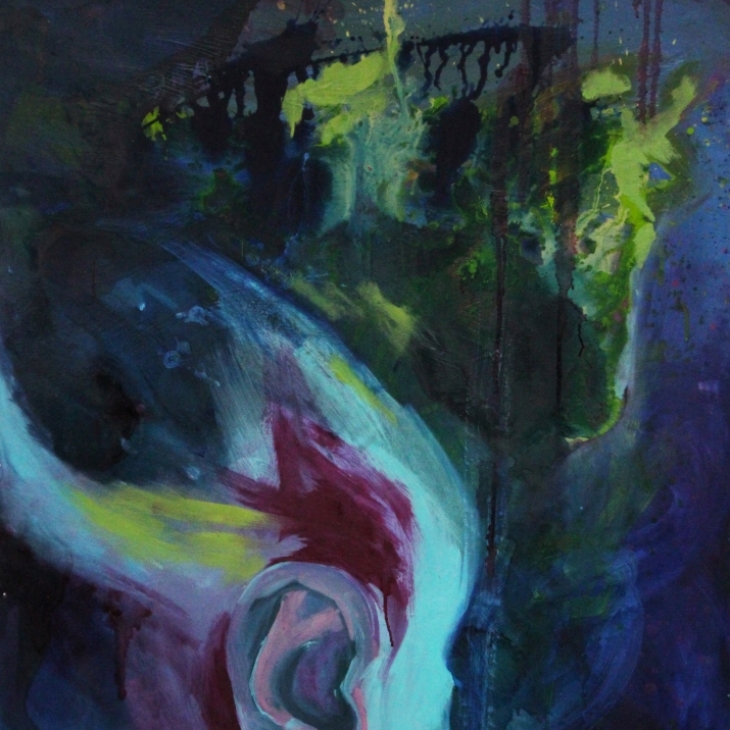
The exhibition includes forest and nature landscapes, as well as 20th-century animal sculptures, by Leili Muuga, Enn Põldroos, Olga Terri, Olav Maran and several other Estonian artists. The exhibition explores one phase of the development and consolidation of forests as a cultural phenomenon during the late Soviet period, i.e. a time when it became increasingly clear that human activities and forest management were threatening the balance of natural environments.
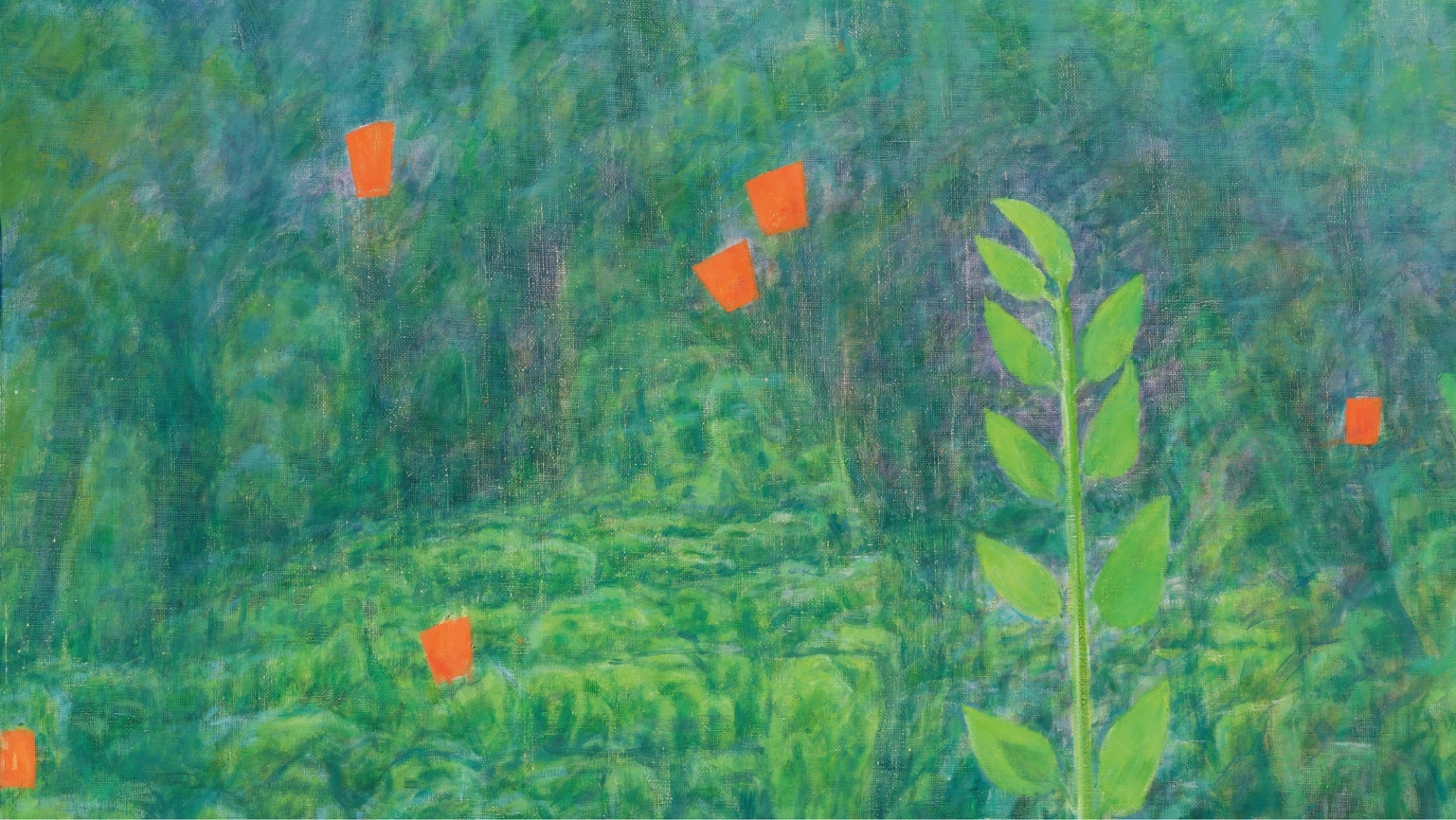
Leili Muuga. Roheline liikumine. 1988‒2012. Õli. Eesti Kunstimuuseum
The exhibition is motivated by the sharp public debate held in recent years about the state and well-being of Estonian forests. In addition to forest management and sustainability, the cultural importance of forests has been emphasised and art has always made a contribution. Various images and visuals have helped to connect forests with local cultural values and cultural self-determination.
In the 1970s and 1980s, artists often depicted nature and forest motifs in their works. At the same time, an activist protection movement developed and fought against the negative impact of forest mismanagement. Nature reserves were established and the “bog and phosphorite wars” were fought. Forests as a theme was as relevant then as it is today, and this was apparent in works of art which reflected those moods in various ways.
Many artists depicted their own nature-related experiences or memories of forests that were important to them, i.e. the beauty and harmony of ecosystems untouched by human activity. This helped to create a positive image of forests in our culture. For example, Leili Muuga soulfully depicted Lohusalu’s juniper grove near her summer residence and other suggestive natural landscapes.
The human impact on nature has been interpreted in various ways. Olav Maran’s felled forest, depicted in impatient patches of colour, conveys a totally different mood than Aili Vint’s newly planted forest, which resembles a fairy-tale landscape. Many artists have depicted the nature in Lahemaa, an Estonian national park that was established in 1971. For example, Enn Põldroos’s series of landscapes depicts motifs in the Pudisoo bog, while Miralda Pajumaa’s work depicts a pine grove in Lahemaa in sunset colours. In Olga Terri’s works, the forest seems to be cognitive, a state of mind or psychological secret place, while Herald Eelma’s graphic wild animals pay homage to the richness of species in the forests. Their preservation was one of the themes of nature conservation in the 1970s, when Estonia’s first Red Book was published, thereby laying the foundation for the mapping of endangered species.
Seeing the forest behind the trees involves perceiving the bigger picture, i.e. the question of sustainability is largely a question of culture, and the future of forests depends on the image we, as a society, create of forests.
Team
Curator: Karin Vicente
Exhibition design: Peeter Laurits
Graphic design: Kätlin Tischler-Süld
Sound: Veljo Runnel
We thank: Okka, the Tartu Art Museum and the Estonian Museum of Applied Art and Design
Galerii nimi: Adamson-Eric Museum
Address: Lühike jalg 3, Tallinn, Estonia
Opening hours: Tue-Sun 10:00 - 18:00
Open: 24.03.2023 — 27.08.2023
Address: Lühike jalg 3, Tallinn, Estonia
Opening hours: Tue-Sun 10:00 - 18:00
Open: 24.03.2023 — 27.08.2023